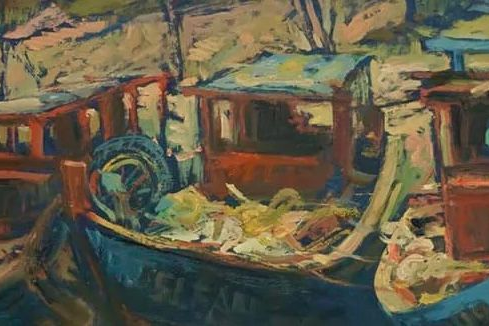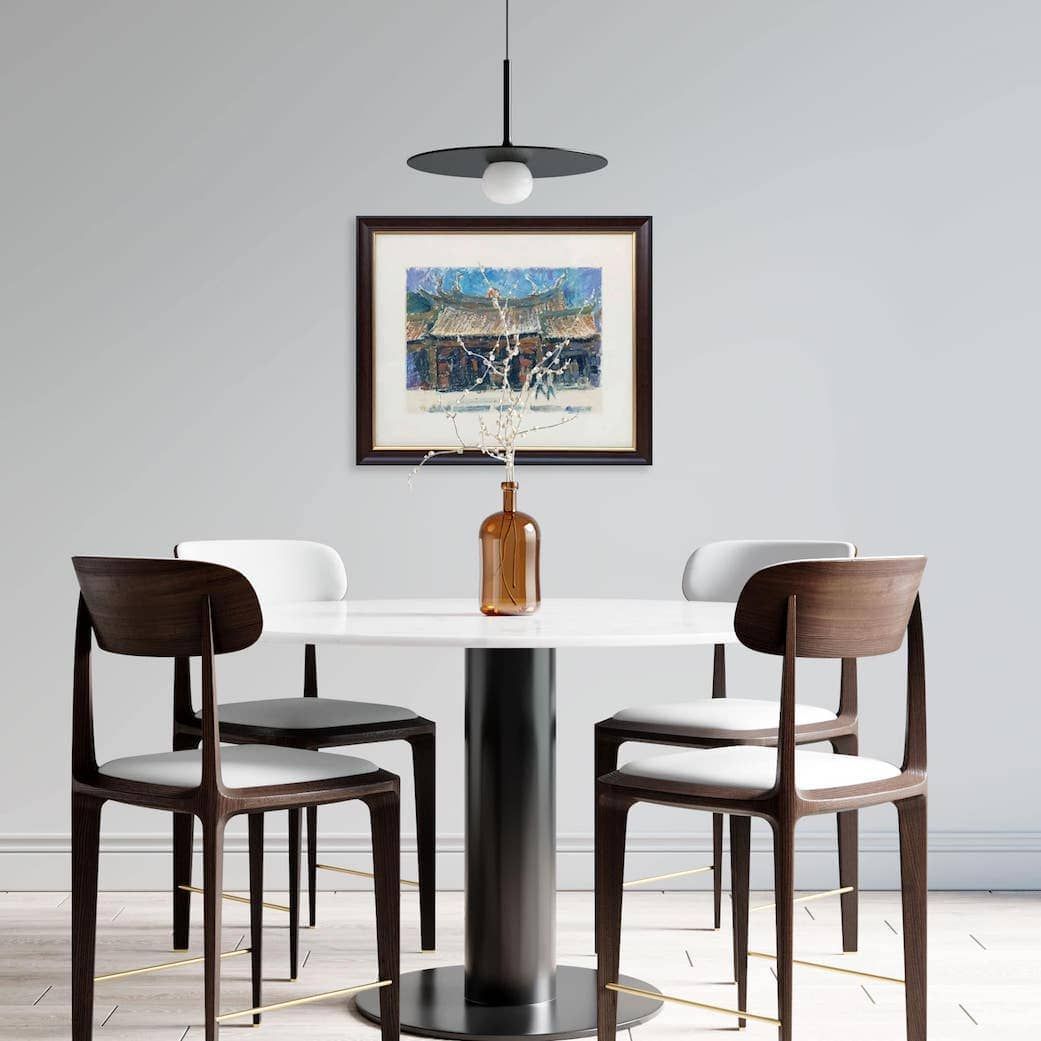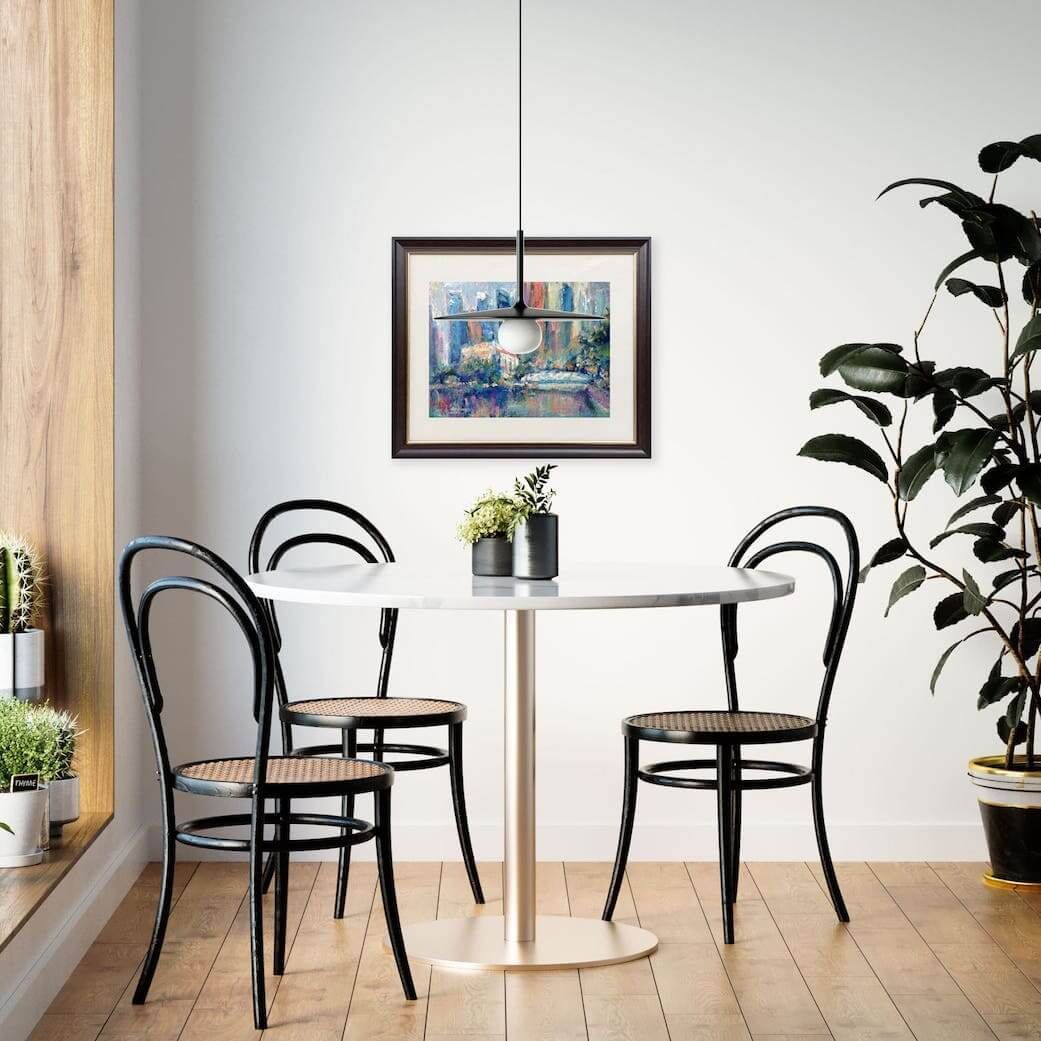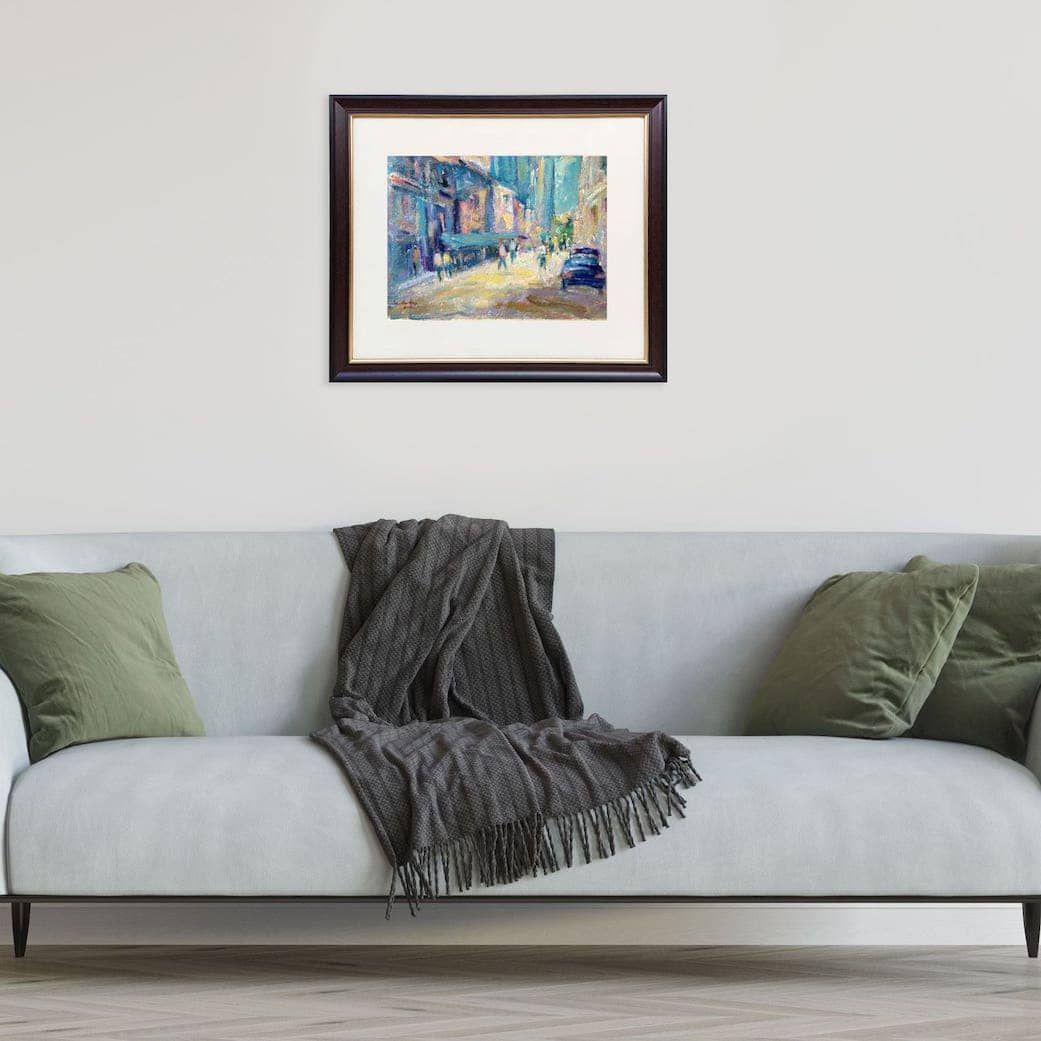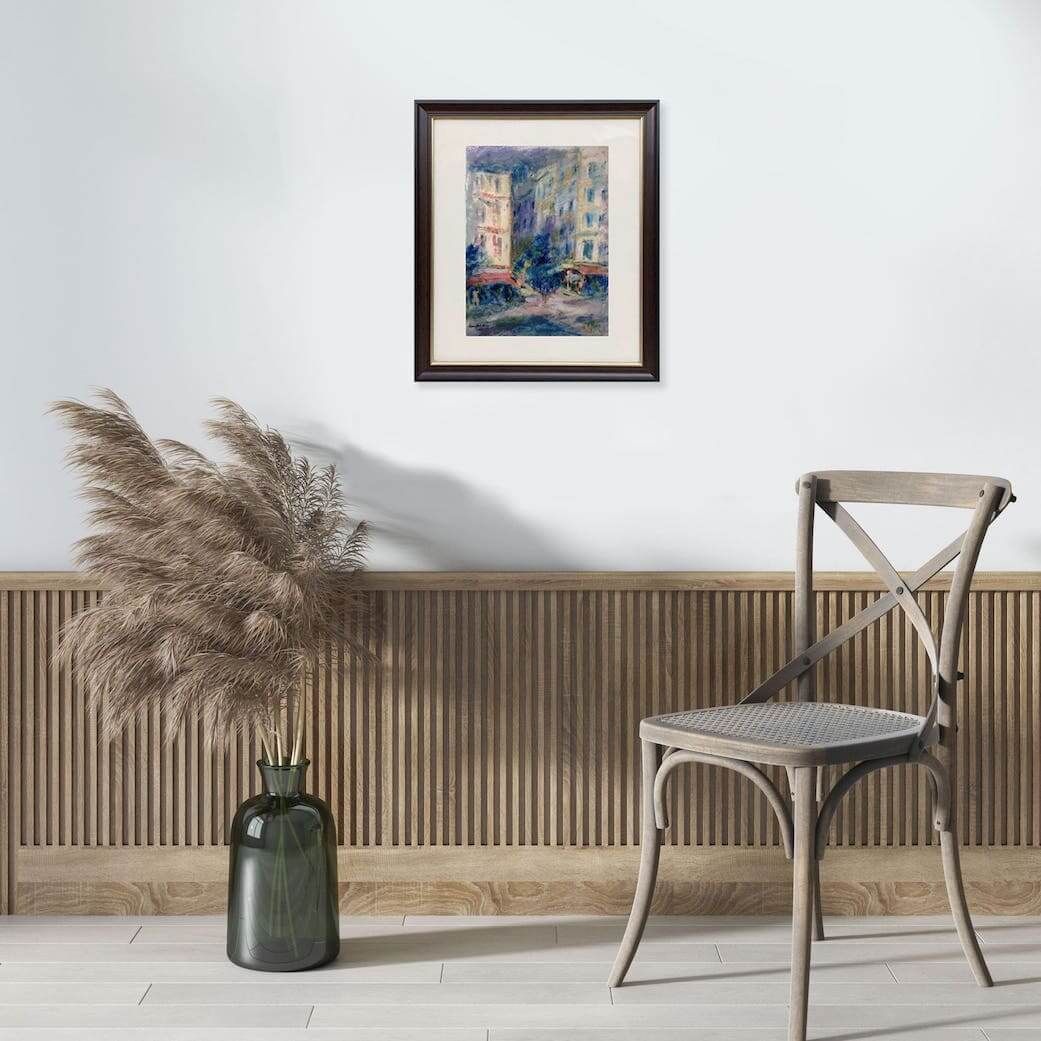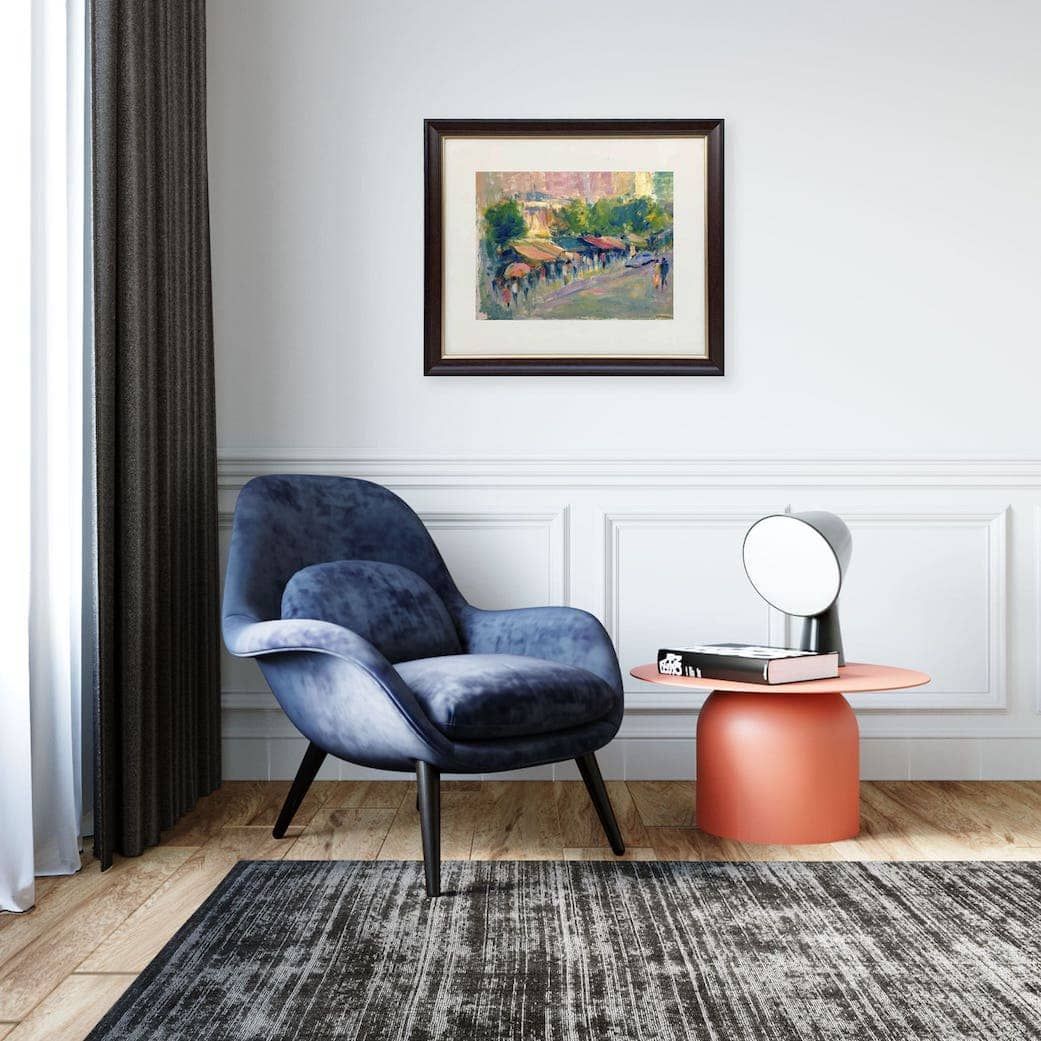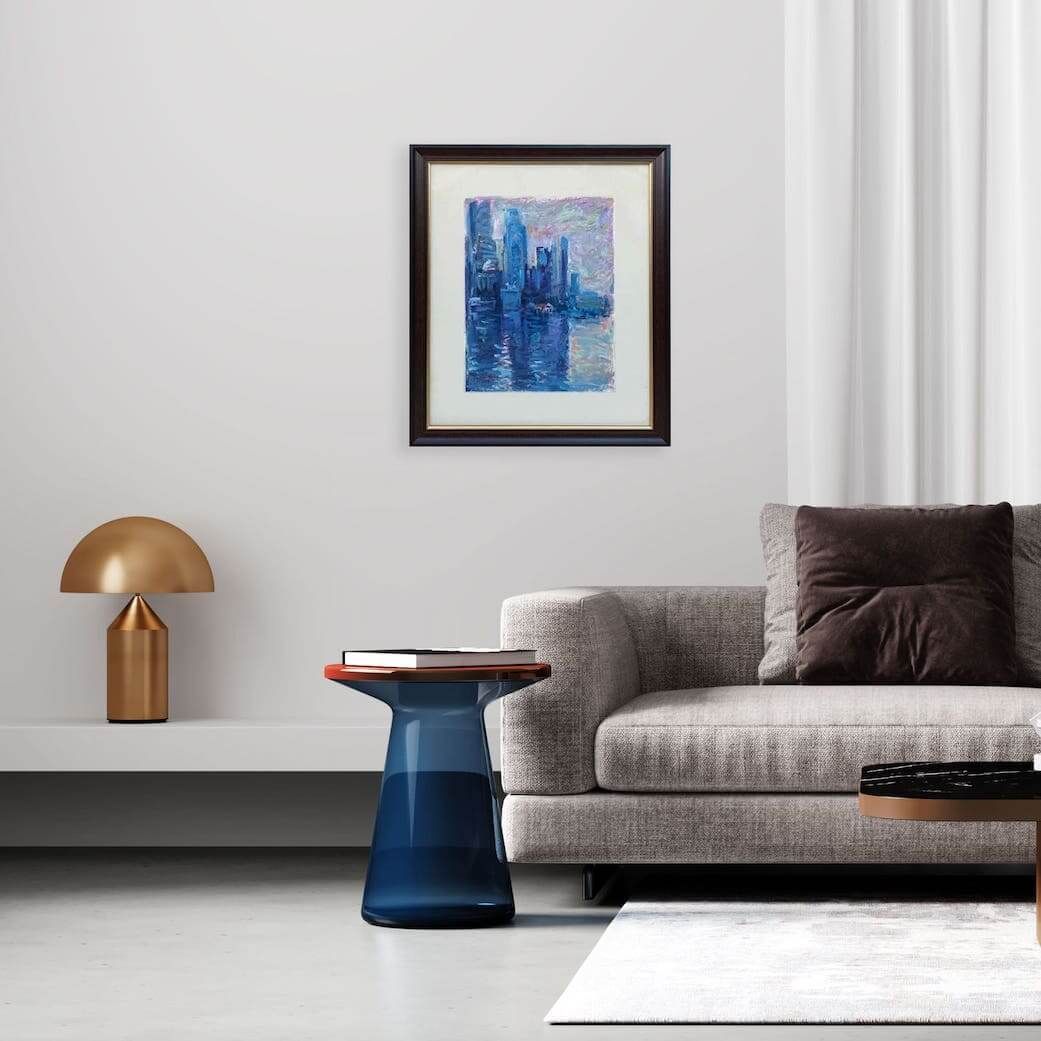Care Tips Based on Painting Mediums
Care Tips Based on Painting Mediums
Let us get into the nitty-gritty of caring for your paintings based on their medium, focusing on those crucial environmental factors.
Different mediums react differently to light, humidity, and temperature. Here is how to care for paintings of each medium:
Oil Paintings
Temperature Range
Fairly robust but avoid extremes. 18–22°C (65–72°F) is generally safe.
Humidity Levels
Stable humidity between 40–55% is ideal.
Fluctuations can cause the canvas to expand and contract, leading to cracking of the paint layer.
Light Levels
Avoid direct sunlight. Moderate, indirect light is best. Fading can occur over long periods in strong light.
Additional Care Notes
Avoid touching the surface. Keep dust-free and avoid using water or cleaning agents.
Keep in a cool, dry place and allow for air circulation behind the canvas to prevent mould.
Professional varnishing can protect the surface after the paint has fully cured and may need reapplication every 10–15 years.
Chinese Ink Paintings
Temperature Range
Highly sensitive. Stable temperature around 20–22°C (68–72°F).
Humidity Levels
Very high sensitivity. Ideal range 45–55%.
High humidity can cause buckling and mould; low humidity can make the paper brittle.
Light Levels
Extremely sensitive to light. Display in low, indirect light. UV-protective glass framing is absolutely essential.
Additional Care Notes
Avoid rolling or folding. Keep framed under UV-protective glass, away from light, and avoid moisture.
Handle only by the frame. Store extra pieces flat carefully in archival folders if not displayed.
Acrylic Paintings
Temperature Range
Similar to oils, keep in a stable environment. 18–24°C (65–75°F) is generally safe.
Humidity Levels
Stable humidity is important, 40–60%.
Light Levels
More resistant to fading than oils, but still susceptible to UV damage with prolonged exposure. Avoid direct sunlight.
Additional Care Notes
Keep away from strong light and heat. The surface is prone to dust; clean gently.
Less sensitive than oils but avoid abrasive cloths. Can be lightly wiped if sealed.
Once fully cured (can take months!), they are quite durable. They are less prone to cracking than oils.
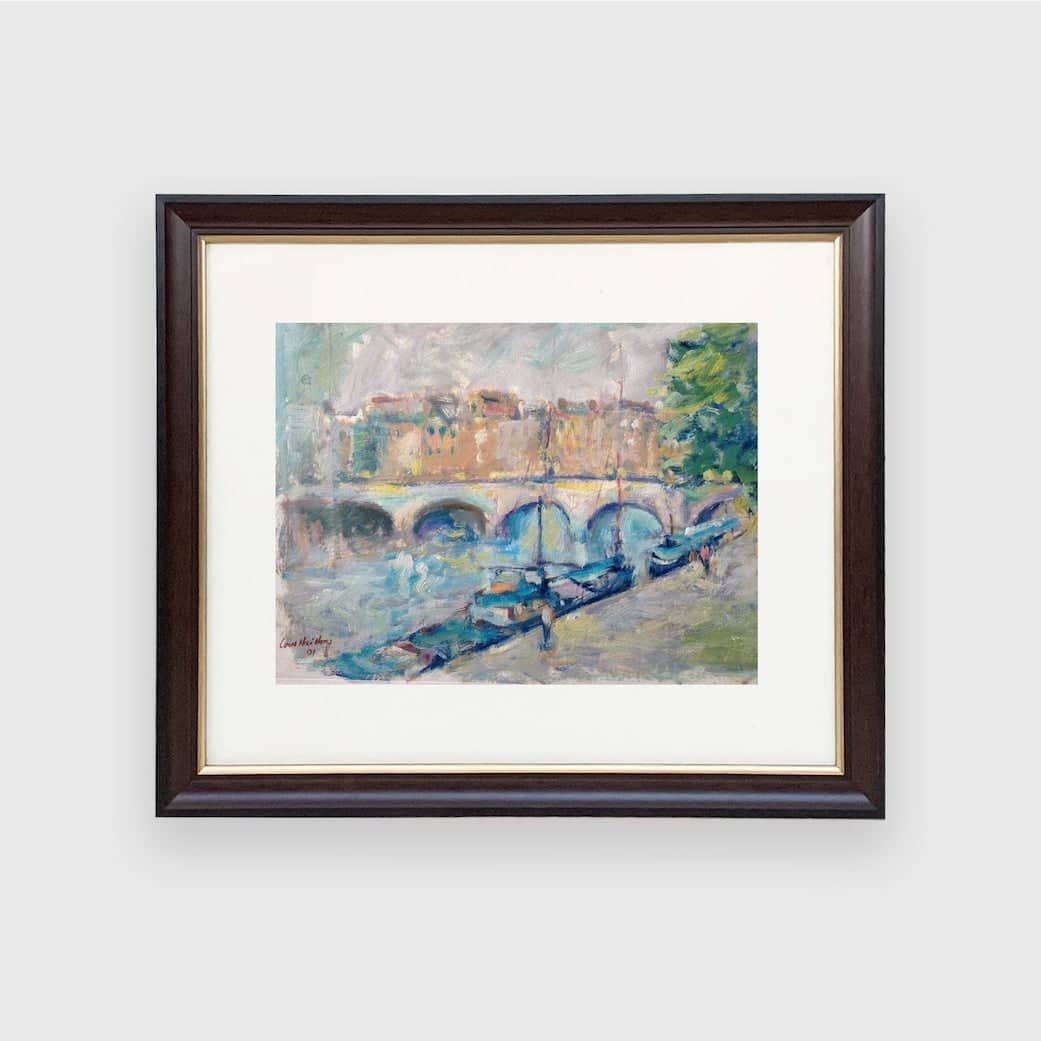
Watercolour Paintings
Temperature Range
Sensitive. Store in a climate-control area of 20–22°C (68–72°F).
Humidity Levels
Very sensitive. 45–50%. High humidity leads to cockling and mould; low humidity can cause brittleness.
Light Levels
Extremely light-sensitive. Pigments can fade rapidly. Display in very low, indirect light. UV-protective glass framing is paramount.
Additional Care Notes
Extremely sensitive to moisture and light.
Always keep sealed under UV-protective glass with acid-free materials and store in a dry room.
Never expose to moisture. Avoid fluctuations in temperature and humidity to prevent warping.
Gouache Paintings
Temperature Range
Similar to watercolours, maintain a stable temperature of 20–22°C (68–72°F) as it is sensitive.
Humidity Levels
Sensitive. 45–50%. Can react to moisture.
Light Levels
Similar to watercolours, very sensitive to light and fading.
Protect from direct sunlight and display in low, indirect light with UV-protective glass framing.
Additional Care Notes
Handle like watercolours; frame under UV-protective glass with acid-free backings and mats to avoid paper deterioration.
Keep dry as it reactivates with water, so handle carefully.
Pastel Paintings
Temperature Range
Keep in a cool, dry place with a stable room temperature of 18–22°C (65–72°F).
Humidity Levels
Stable humidity around 45–55%. Fluctuations can cause the paper support to buckle. Avoid high humidity levels to prevent smudging.
Light Levels
Pigments are very light-sensitive and prone to fading. Display in low, indirect light with UV-protective glass framing.
Additional Care Notes
Do not touch the surface as it is powdery and easily smudged.
Always keep framed under UV-protective glass, ideally with a mat to create a space between the pastel and the glass.
Avoid vibrations that could dislodge pigment.
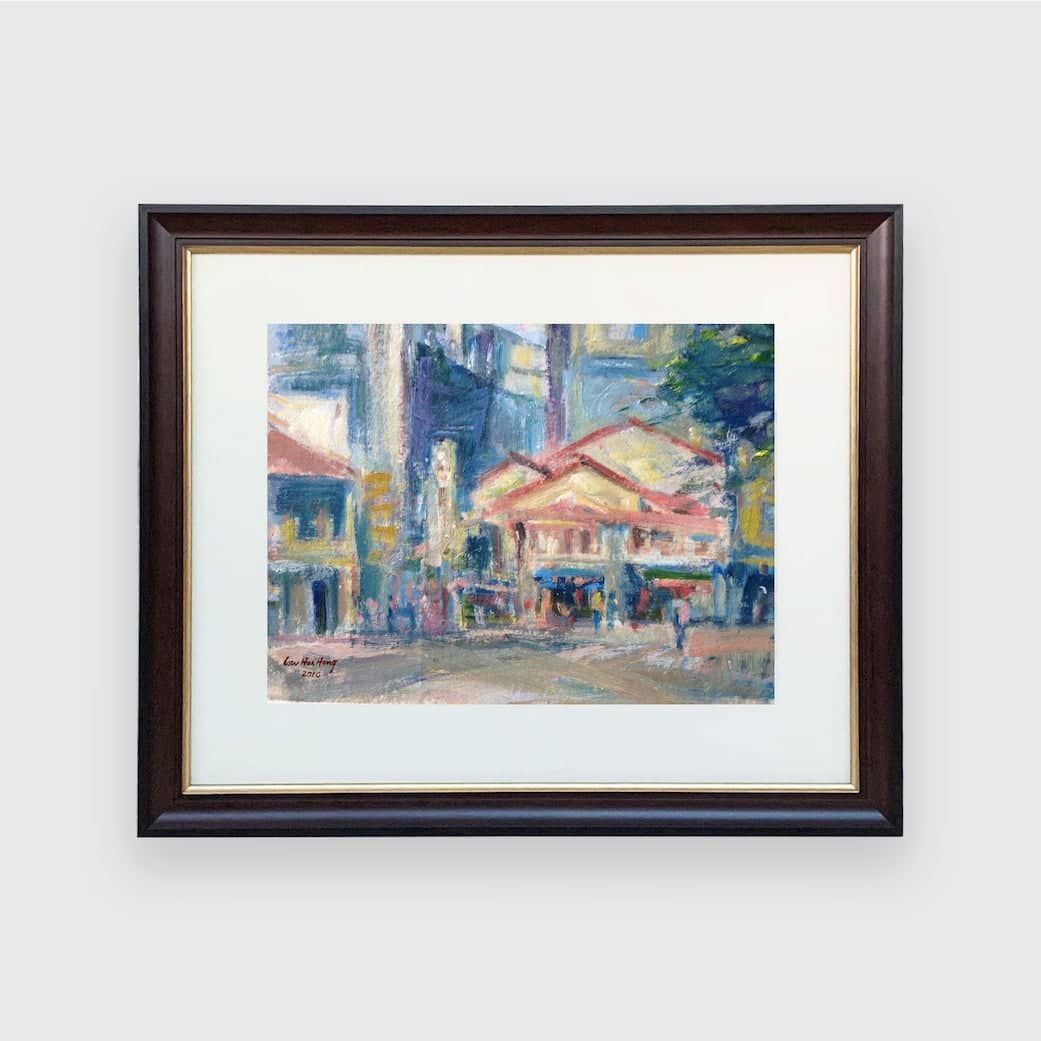
Tempera Paintings
Temperature Range
Stable temperatures between 18–22°C (65–72°F) are essential.
Humidity Levels
Stable humidity is important, 45–55%. Can be brittle with extreme fluctuations.
Light Levels
Generally, quite stable in moderate, indirect light, but prolonged exposure to direct sunlight can still cause some fading.
Additional Care Notes
Store or display in a secure, sealed frame. Dust gently. If on panel, ensure air circulation.
Brittle and dry, so do not bend or knock. Fragile on wood—inspect for warping or cracking. Avoid rapid humidity changes.
Encaustic Paintings
Temperature Range
Avoid extreme heat (above 30°C/85°F) which can soften or melt the wax.
Also avoid very cold temperatures which can make the wax brittle.
Room temperature of 18–22°C (65–72°F) is best.
Humidity Levels
Stable humidity levels between 45–55%. The wax itself is less affected by humidity than other mediums, but the support can be.
Light Levels
Moderate, indirect light. Prolonged strong light can potentially cause some softening or slight colour change in the wax. Avoid hot lights.
Additional Care Notes
Handle with care—wax can be scratched or dented. Avoid touching or placing near heat sources.
Dust gently with a soft brush. If the surface becomes dull, some artists recommend buffing very gently with a soft cloth.
Never use water or cleaning agents.
Fresco Paintings
Temperature Range
Ensure it remains in a very stable and controlled environment of 20–22°C (68–72°F) indoors.
Humidity Levels
Ensure it remains extremely stable and controlled at levels between 45–55%.
Fluctuations can cause salts to migrate and damage the surface. Avoid excessive moisture.
Light Levels
Low, indirect light. Very sensitive.
Additional Care Notes
Fragile surface; avoid touching. Do not apply pressure or attempt cleaning.
Requires professional conservation and display in a museum-quality environment.
Mixed Media Paintings
Temperature Range
Follow the guidelines for the most sensitive material in the artwork.
Humidity Levels
Keep in a stable and controlled environment and follow the guidelines for the most sensitive material.
Light Levels
Follow the guidelines for the most sensitive material.
If any paper, fabric, or light-sensitive pigments are present, assume low, indirect light and use UV-protective glass framing.
Additional Care Notes
Treat with extra caution—adhesives, textiles, or found objects may degrade differently. Assess the components and apply the most cautious care practices.
If in doubt, consult a conservator. Consult an expert before attempting any repairs or cleaning.
Use a case or glass for protection if needed.
